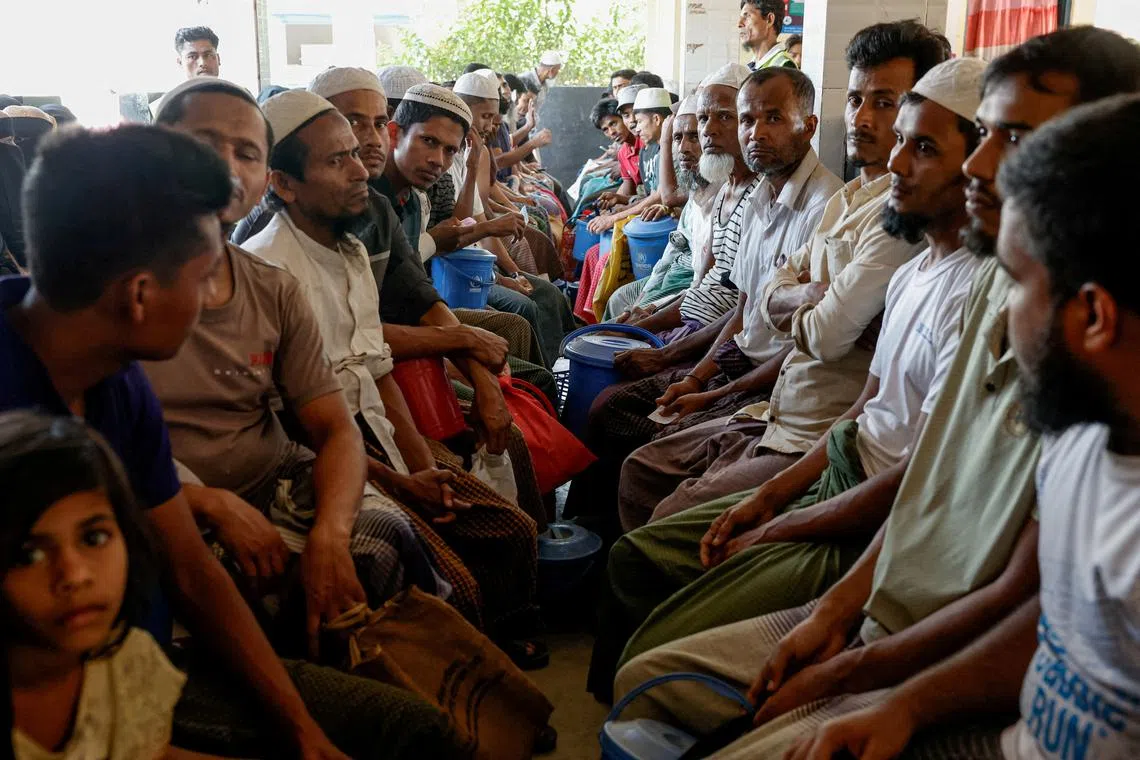Clutching a “Reciprocal Tariffs” board at his side, US President Donald Trump upgraded his powerful trade storm in the global supply chain to a category that few in its path have ever felt.
And with it, he has brewed a vortex of uncertainties, forcing businesses from Guangdong to Los Angeles to reconsider development strategies – suddenly, plans to manufacture in or source from emerging markets have turned cloudy as the tariff storm rages.
Fernando Ching Lau, a Los Angeles supermarket owner, says Trump’s immigration crackdown had already hurt his business – with fearful families avoiding stores. And now, with tariff hikes hitting broad swathes of the planet, the cost is about to grow.
“The tariff policies will hit me even harder – sourcing locations, order volumes, and procurement costs are all becoming far less predictable,” Lau said.
According to Lau, the cost per container – including goods and logistics – currently runs between US$30,000 to US$50,000. By summer, he believes, it could rise by 50 per cent.
Lau originally planned to shift some purchasing from China to Vietnam, Turkey and Mexico. But now, with the US imposing tariffs on those countries as well, he said he intends to pause or slow down the transition.

 By South China Morning Post | Created at 2025-04-03 22:16:30 | Updated at 2025-04-04 15:54:27
17 hours ago
By South China Morning Post | Created at 2025-04-03 22:16:30 | Updated at 2025-04-04 15:54:27
17 hours ago








